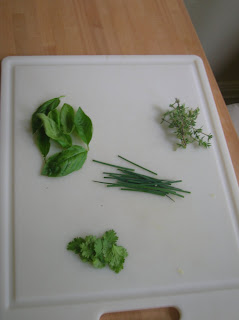


Here are the differences between baking powder and baking soda.
Baking Soda - This can be the sole leavening agent if the dough has acids in it to react with (sourdough cultures, fermented milks - buttermilk/yogurt, brown sugar and molasses, chocolate, and cocoa - if not dutch processed, as well as fruit juices and vinegar).
Baking Powder - These are complete leavening systems: they contain both alkaline baking soda and an aid in the form of solid crystals.
This information was obtained from "On Food and Cooking: The Science and Lore of the Kitchen" by Harold McGee. It is a fantastic book if you are interested in cooking and want to learn more about how and why foods work.




